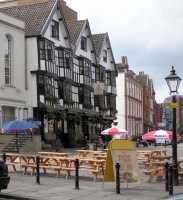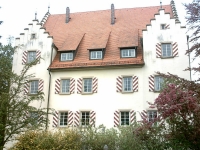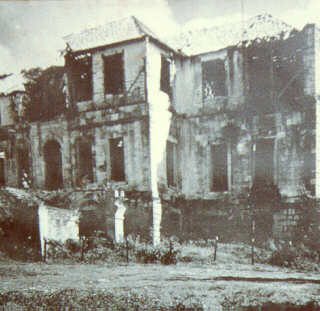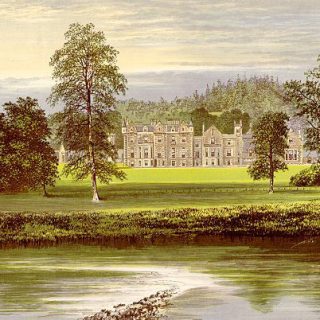Caroline Park House
Caroline Park House dates from 1685. It was commissioned for Sir George Mackenzie, 1st Lord Tarbat (1630 – 1714) and has a reputation for being haunted. In 1683, George Mackenzie had bought the Royston Barony and had originally named this building Royston House.










Recent Comments